Timothee Masquelier
Deep Learning in Spiking Neural Networks
Sep 01, 2018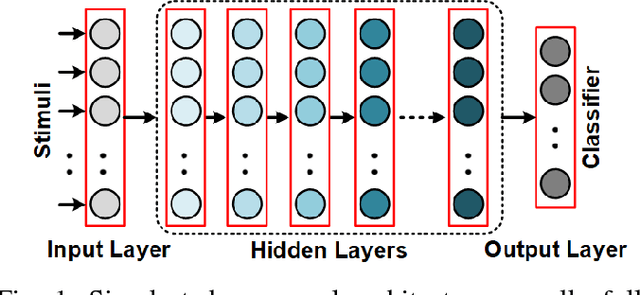
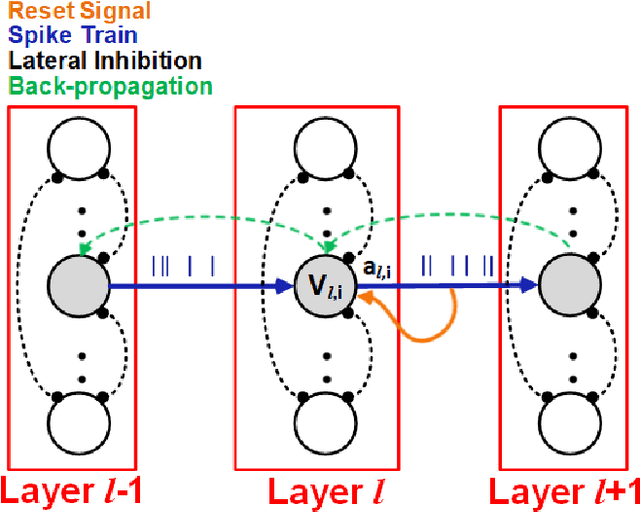
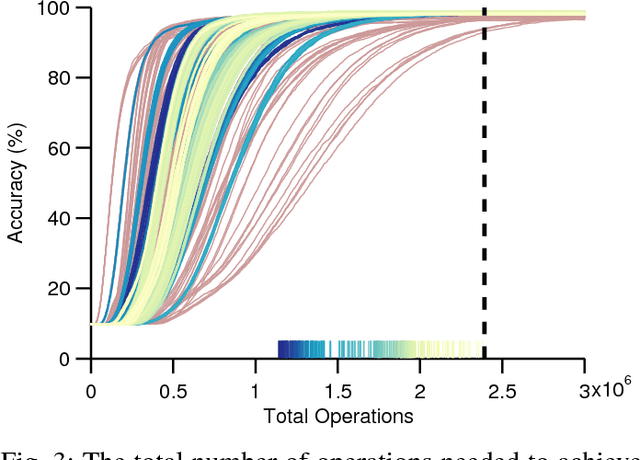

Abstract:In recent years, deep learning has been a revolution in the field of machine learning, for computer vision in particular. In this approach, a deep (multilayer) artificial neural network (ANN) is trained in a supervised manner using backpropagation. Huge amounts of labeled examples are required, but the resulting classification accuracy is truly impressive, sometimes outperforming humans. Neurons in an ANN are characterized by a single, static, continuous-valued activation. Yet biological neurons use discrete spikes to compute and transmit information, and the spike times, in addition to the spike rates, matter. Spiking neural networks (SNNs) are thus more biologically realistic than ANNs, and arguably the only viable option if one wants to understand how the brain computes. SNNs are also more hardware friendly and energy-efficient than ANNs, and are thus appealing for technology, especially for portable devices. However, training deep SNNs remains a challenge. Spiking neurons' transfer function is usually non-differentiable, which prevents using backpropagation. Here we review recent supervised and unsupervised methods to train deep SNNs, and compare them in terms of accuracy, but also computational cost and hardware friendliness. The emerging picture is that SNNs still lag behind ANNs in terms of accuracy, but the gap is decreasing, and can even vanish on some tasks, while the SNNs typically require much fewer operations.
Representation Learning using Event-based STDP
Mar 09, 2018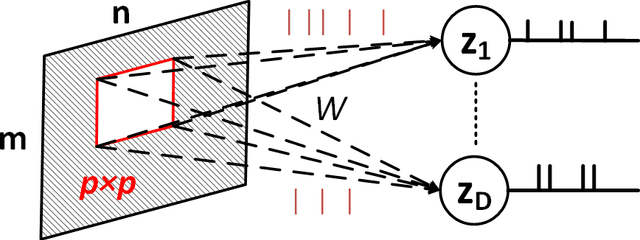


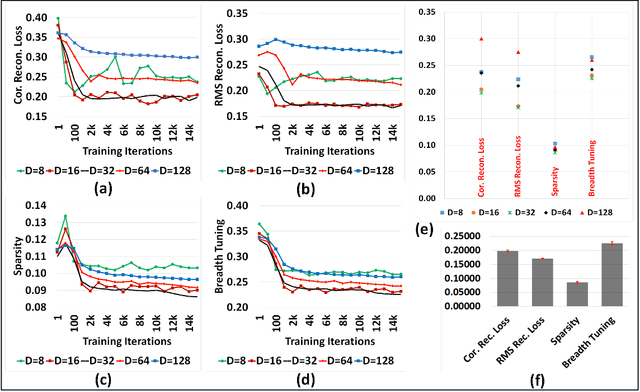
Abstract:Although representation learning methods developed within the framework of traditional neural networks are relatively mature, developing a spiking representation model remains a challenging problem. This paper proposes an event-based method to train a feedforward spiking neural network (SNN) layer for extracting visual features. The method introduces a novel spike-timing-dependent plasticity (STDP) learning rule and a threshold adjustment rule both derived from a vector quantization-like objective function subject to a sparsity constraint. The STDP rule is obtained by the gradient of a vector quantization criterion that is converted to spike-based, spatio-temporally local update rules in a spiking network of leaky, integrate-and-fire (LIF) neurons. Independence and sparsity of the model are achieved by the threshold adjustment rule and by a softmax function implementing inhibition in the representation layer consisting of WTA-thresholded spiking neurons. Together, these mechanisms implement a form of spike-based, competitive learning. Two sets of experiments are performed on the MNIST and natural image datasets. The results demonstrate a sparse spiking visual representation model with low reconstruction loss comparable with state-of-the-art visual coding approaches, yet our rule is local in both time and space, thus biologically plausible and hardware friendly.
Acquisition of Visual Features Through Probabilistic Spike-Timing-Dependent Plasticity
Nov 09, 2016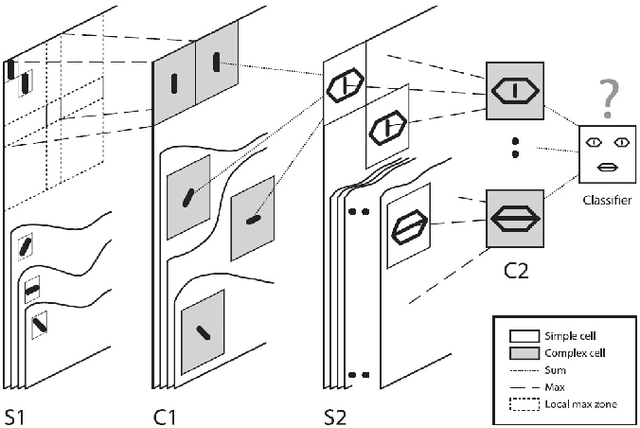
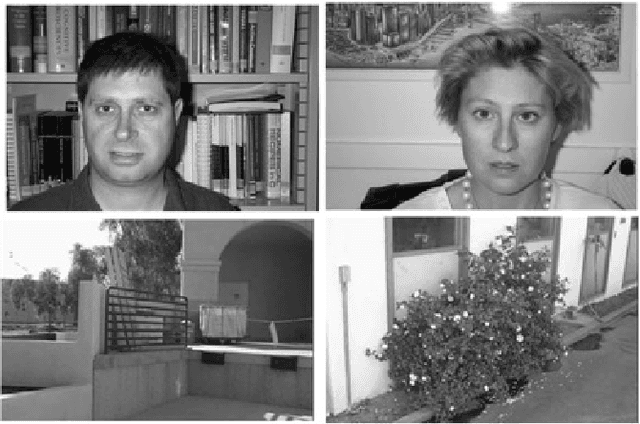
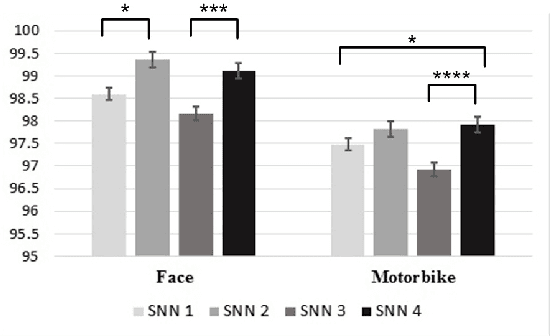
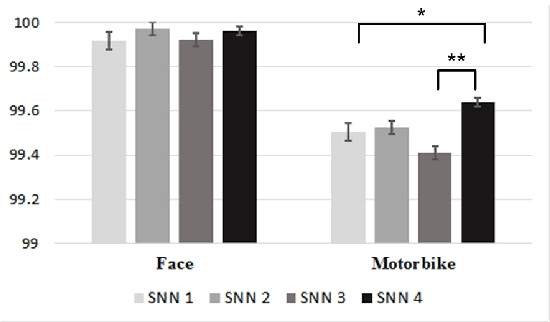
Abstract:The final version of this paper has been published in IEEEXplore available at http://ieeexplore.ieee.org/document/7727213. Please cite this paper as: Amirhossein Tavanaei, Timothee Masquelier, and Anthony Maida, Acquisition of visual features through probabilistic spike-timing-dependent plasticity. IEEE International Joint Conference on Neural Networks. pp. 307-314, IJCNN 2016. This paper explores modifications to a feedforward five-layer spiking convolutional network (SCN) of the ventral visual stream [Masquelier, T., Thorpe, S., Unsupervised learning of visual features through spike timing dependent plasticity. PLoS Computational Biology, 3(2), 247-257]. The original model showed that a spike-timing-dependent plasticity (STDP) learning algorithm embedded in an appropriately selected SCN could perform unsupervised feature discovery. The discovered features where interpretable and could effectively be used to perform rapid binary decisions in a classifier. In order to study the robustness of the previous results, the present research examines the effects of modifying some of the components of the original model. For improved biological realism, we replace the original non-leaky integrate-and-fire neurons with Izhikevich-like neurons. We also replace the original STDP rule with a novel rule that has a probabilistic interpretation. The probabilistic STDP slightly but significantly improves the performance for both types of model neurons. Use of the Izhikevich-like neuron was not found to improve performance although performance was still comparable to the IF neuron. This shows that the model is robust enough to handle more biologically realistic neurons. We also conclude that the underlying reasons for stable performance in the model are preserved despite the overt changes to the explicit components of the model.
* IEEE-IJCNN 2016
 Add to Chrome
Add to Chrome Add to Firefox
Add to Firefox Add to Edge
Add to Edge